I was never a big fan of flash photography. But during the pandemic I took a Magnum online photography class which introduced me to flash photography technics of Martin Parr and Bruce Gilden. Seeing their work made me interested in giving flash a try.
I first dipped my toes into flash photography on my recent trip to Rome using a newly purchased Contax TVS point and shoot. I photographed people on the street using a flash, mostly tourists. I really liked the way subjects stood out from the background. Flash gave images a real pop. Funny enough after my return I came across Martin Parr’s IG post of him photographing tourists at the same spot in Rome. I guess Trevi Fountain location was not an idea unique to me.
After this trip I decided to expand on flash photography with the flash which would give me more control.
I also recently got (do you see a trend here) a Zeiss Ikon SW. I got this camera to use with a 28mm F3.5 Voigtlander LTM Color Skopar. I got this lens a couple of years ago from another contributor to this site. 28mm is the widest lens I own. Zeiss Ikon SW (stands for Super Wide) is an M mount body from early 2000s which has no viewfinder or rangefinder. Its a kind of Leica MDA with a build-in light meter. It was specifically designed for wide angle lenses which don’t need critical focus. With an external 28mm finder and a 28mm lens utilizing zone focus this camera makes a perfect setup for street point and shoot photography. The camera has 2 shoes on top, one cold shoe for a view finder and another hot shoe for a flash. The next logical step was to get a small flash to use with this kit!
I looked at different vintage and modern flashes but because these two shoes are very closets each other it was hard to find a flash which would fit without hitting the finder. There were a few really small flash choices without any power controls but these would be pretty much the same as a built in flash on my Contax TVS which is the same 28mm focal length.
Then I came across a small wireless flash with a transmitter from a company called LightPix Labs. FlashQ M20 as it is called is compact and lightweight flash with a GN 20 at ISO 100. It has a high strength aluminium alloy enclosure and comes in 3 flavors. Wireless TTL for Fujifilm or Sony and all manual without a TTL. Zeiss camera has no TTL so I got an all manual version. The flash weight is only 130g and it easily fits in a palm of your hand. In the back of the flash you have a panel which shows you the strength of the flash and controls to adjust the strength. Manual flash power ratio control is from 1/1 to 1/64. The small transmitter can be left on hot shoe and it will control the flash remotely. The flash takes 2 AA rechargeable batteries and transmitter has internal battery. Both are charged with a USB connection. Flash head is tilt-able up to 90 degrees. Flash focal coverage is 32mm but I found it works fine with a 28mm lens. It also has LED video light which I have no use for. Flash also has a slot to insert precut color gels or a frosted diffuser slide. I leave a diffuser slide on the flash at all times. Now enough with the specs!
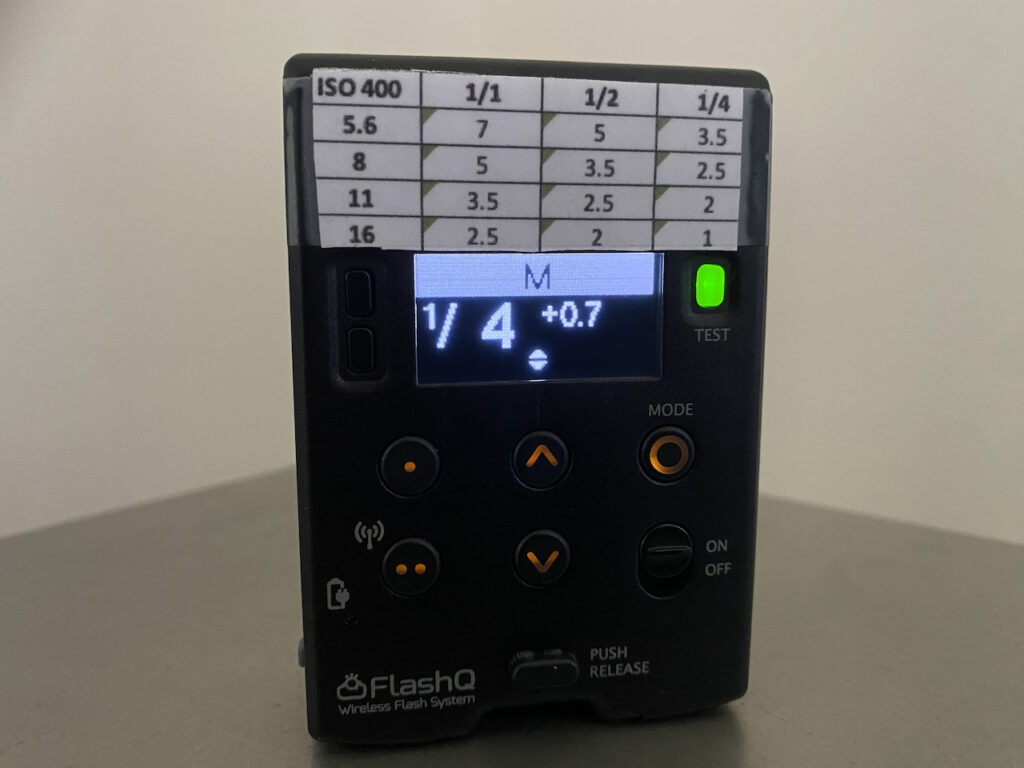
More about how I use this kit. I load 400asa film during the day and 800asa at night. Zeiss Ikon has a flash sync speed of 125 or slower. I set the camera shutter speed to 125. I set the lens at f/8 or higher and distance at 3m. This way everything from 1m to infinity will be in focus on a 28mm lens. Camera Light meter tells an exact F stop at my 125 shutter speed. I made myself a nifty paper flash power chart which I taped to the back of the flash (see photo above). It shows flash power settings at 400asa. Depending on the distance of the subject the chart gives me needed flash power setting at specific F-stop. With the help of the cheat sheet you adjust the power of the flash. For example at F11 with 400asa film and 2 meter distance you have to set the flash to ¼ power . It is all much simpler then it sounds. I got a hang of it half way thru the first roll.
Once I had all the settings dialed it allowed me to be very quick in taking a picture. It was a true point and shoot experience. I pretty much held the flash next to the camera without experimenting with flash positions. This process quickly became very intuitive. Picture taking was 50/50 between asking people for the permission to take the picture and taking stealthy shots. But both ways it was very quick, probably quicker then with Contax TVS point and shoot. Flash reset times were very fast.
After pairing the flash and a transmitter you roam with camera in one hand and flash in the other. I shot both day and night with this setup. In daytime shots I was being mindful of matching exposure between the background and subjects illuminated by the flash.
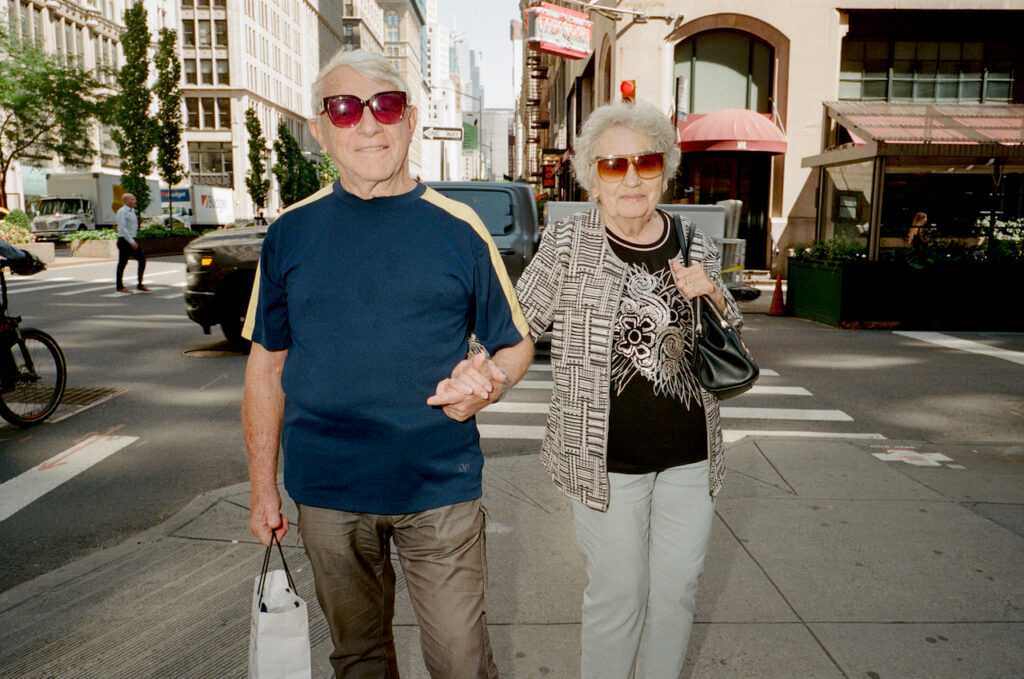
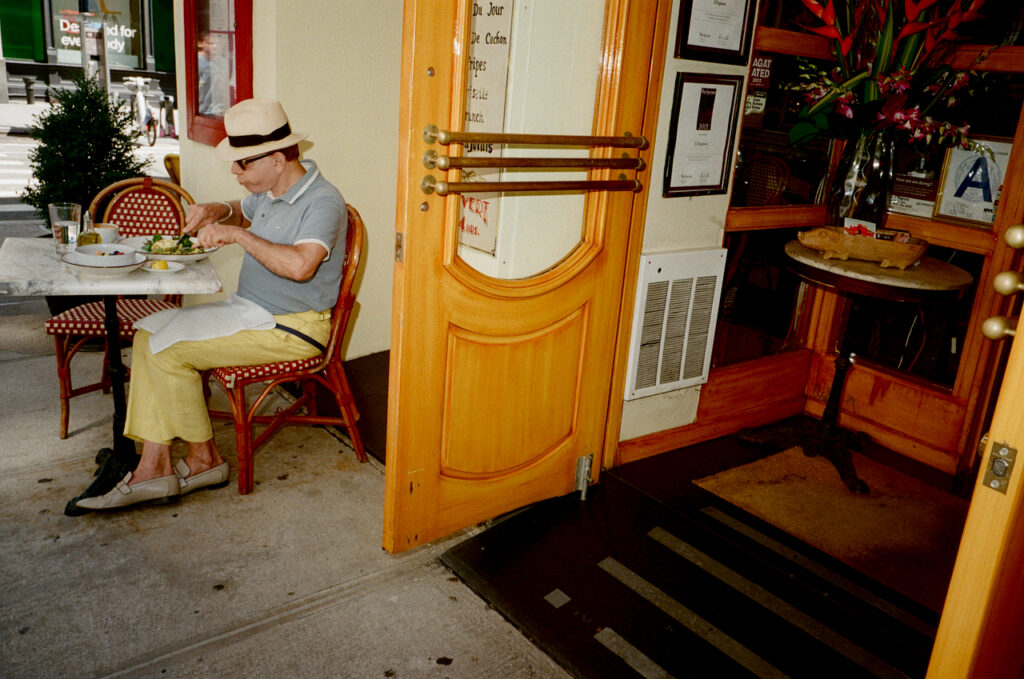
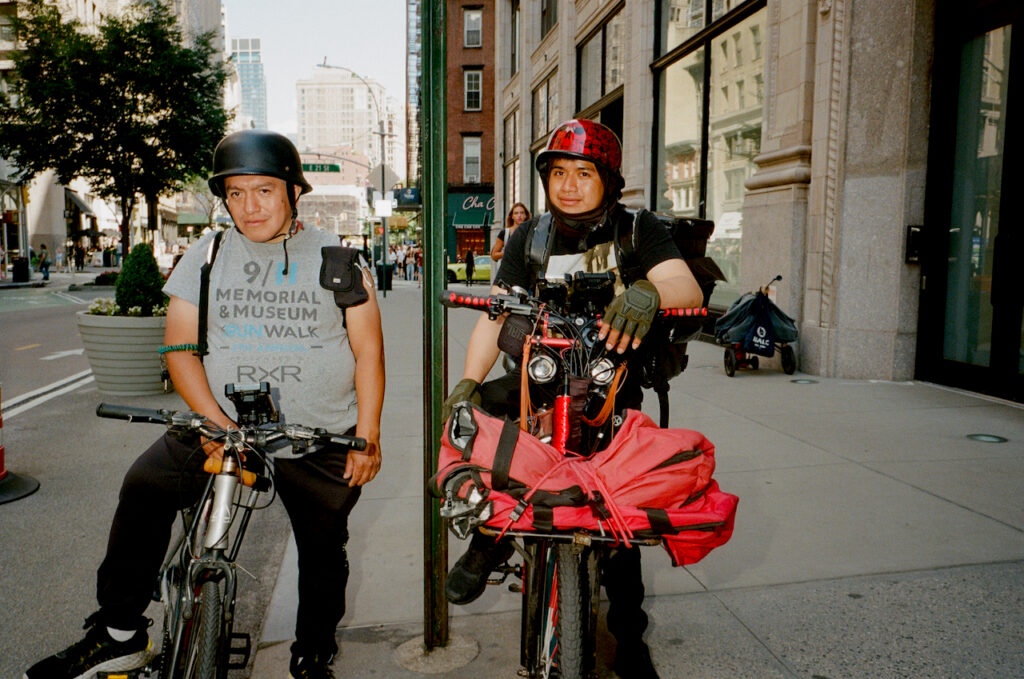
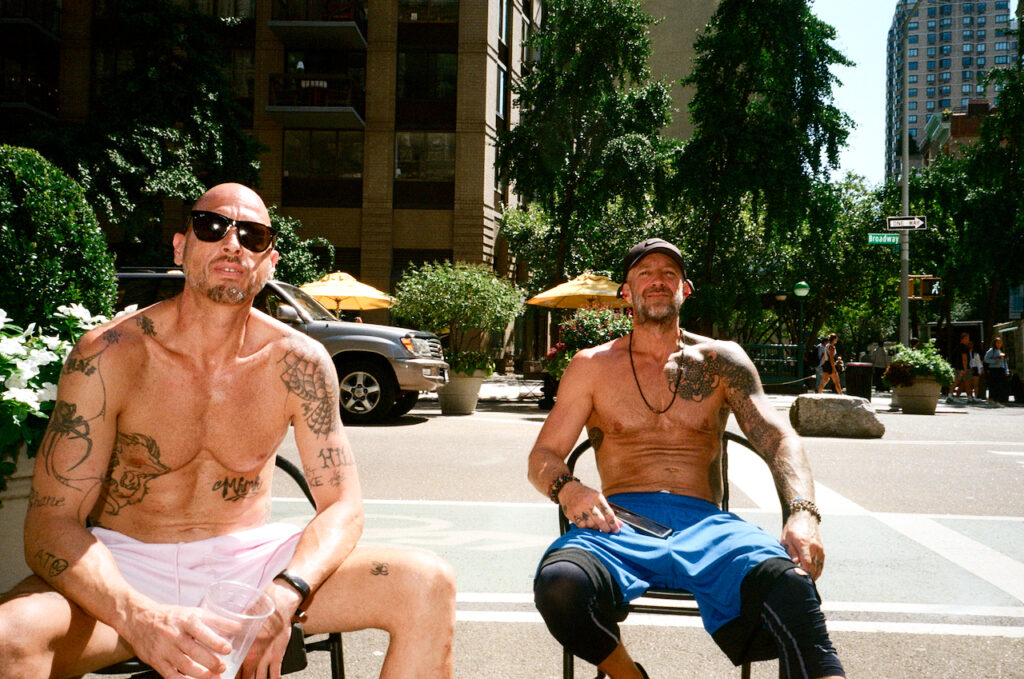
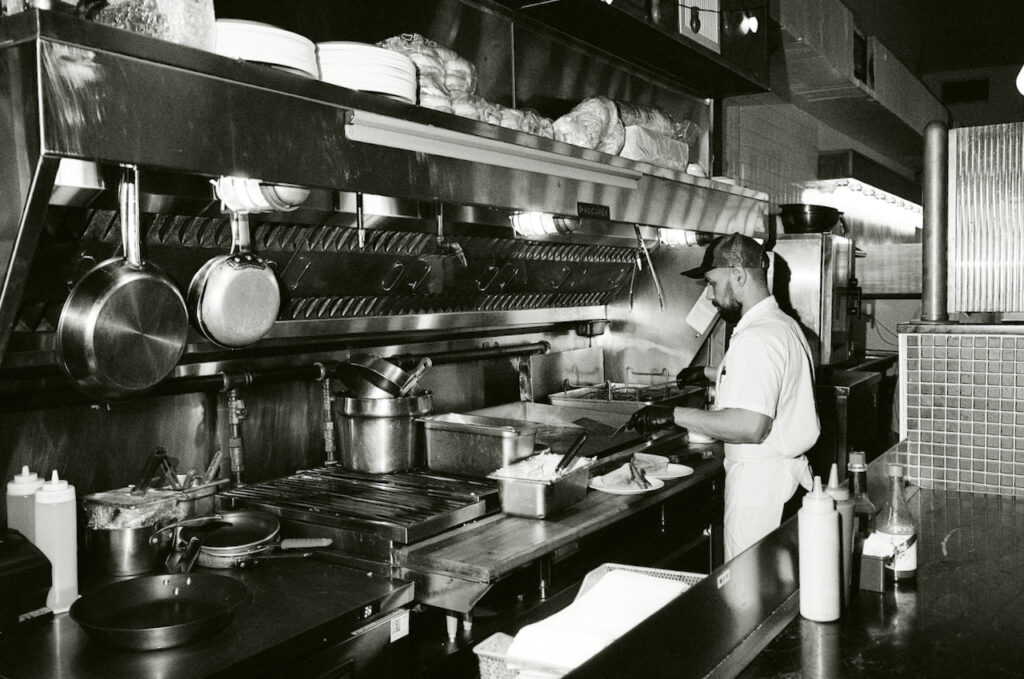
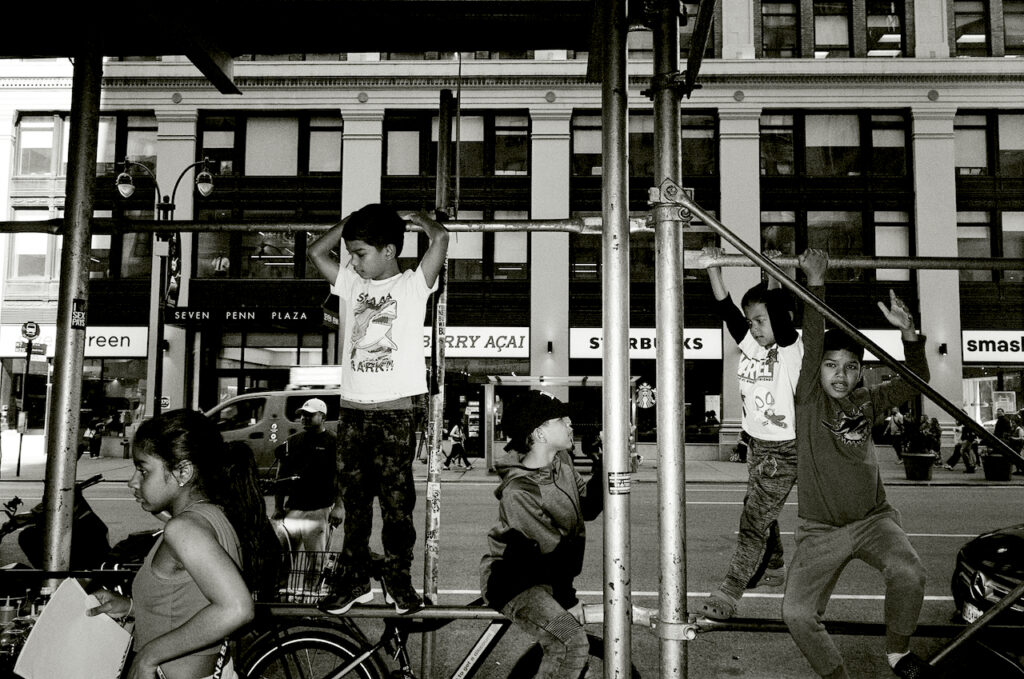
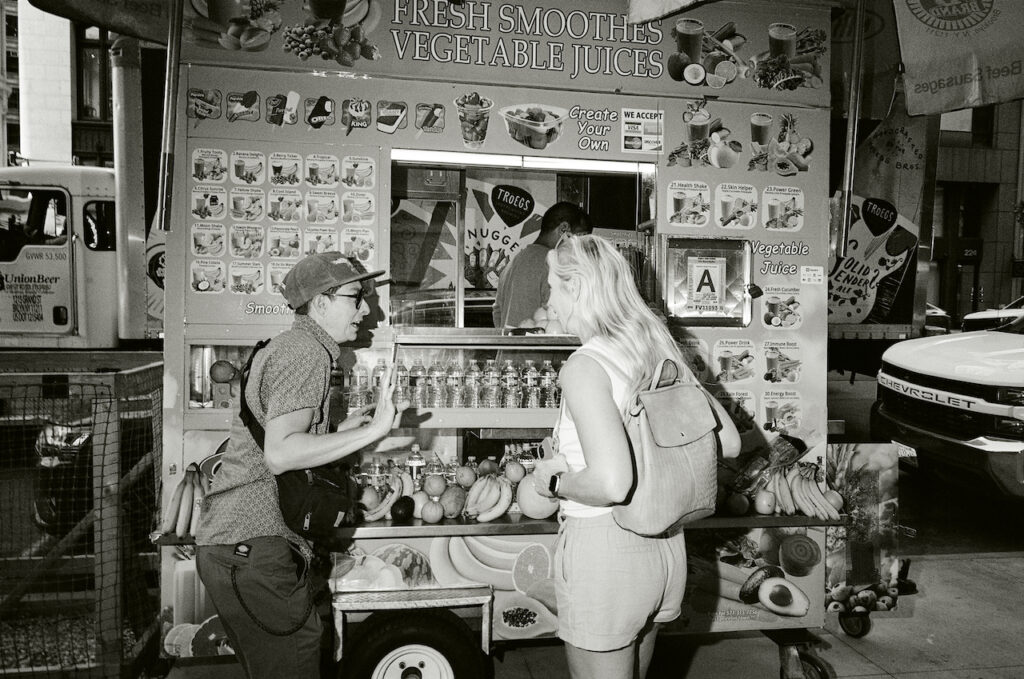
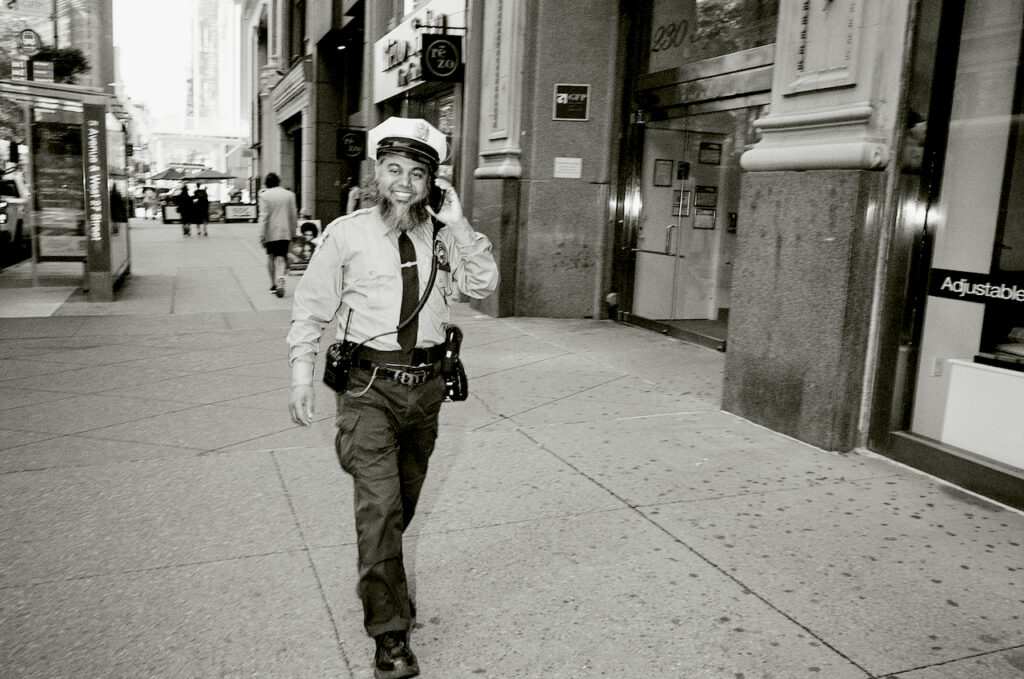
At night it was more of a challenge. I was photographing a street fare with rides so there was a lot of movement. I did not want to go slower then exposure 125 or 60. With an 800 film I did fine at dusk with a matching exposure for the background and the flash subjects. As it got totally dark the subjects were properly exposed but background was much darker. Also when it got totally dark I experimented with shooting moving subjects at a 30th of a second or slower while “dragging the shutter” at the same time. Subjects were properly exposed but slow exposures gave background a streaky, blurry look. It gave photos a cool impressionistic, more funky look.
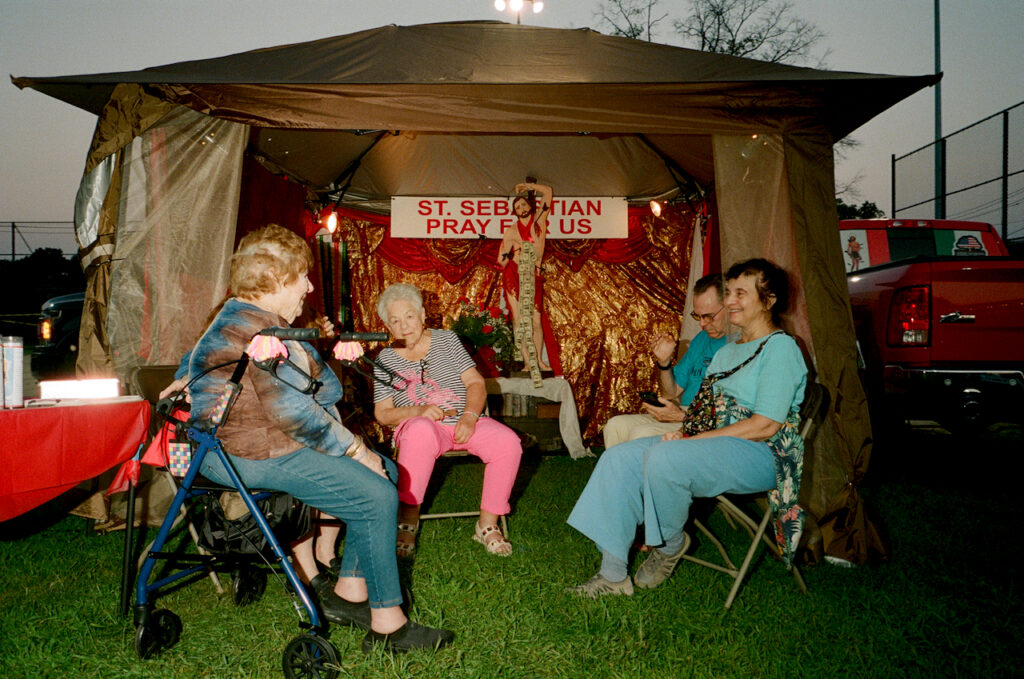
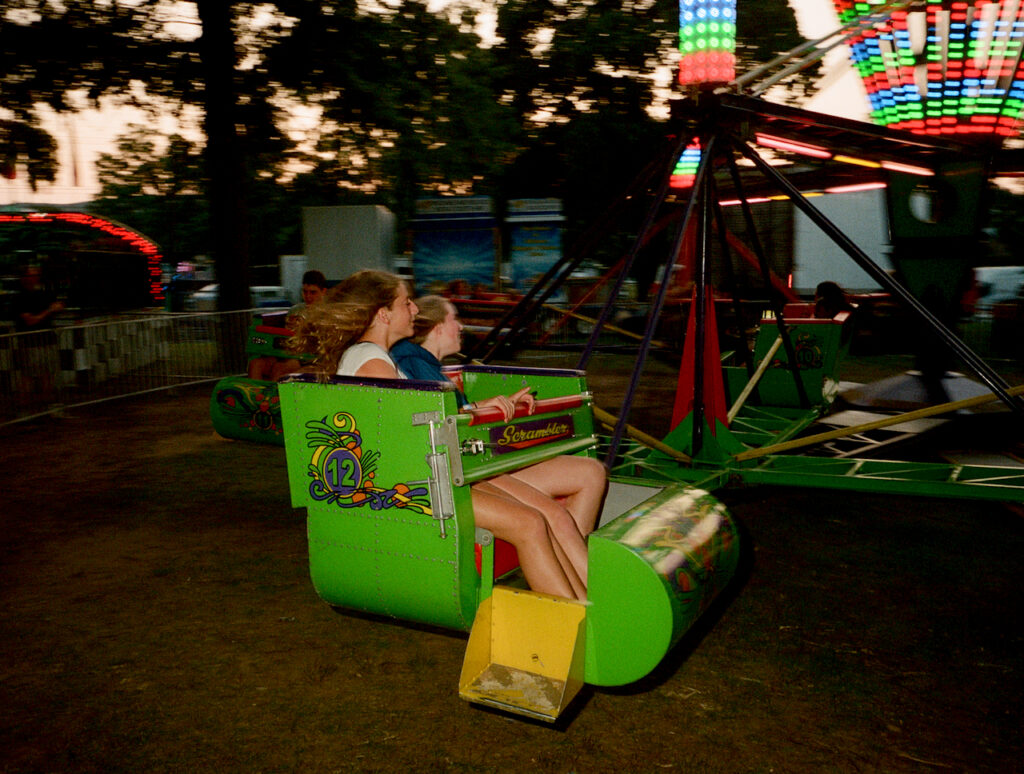
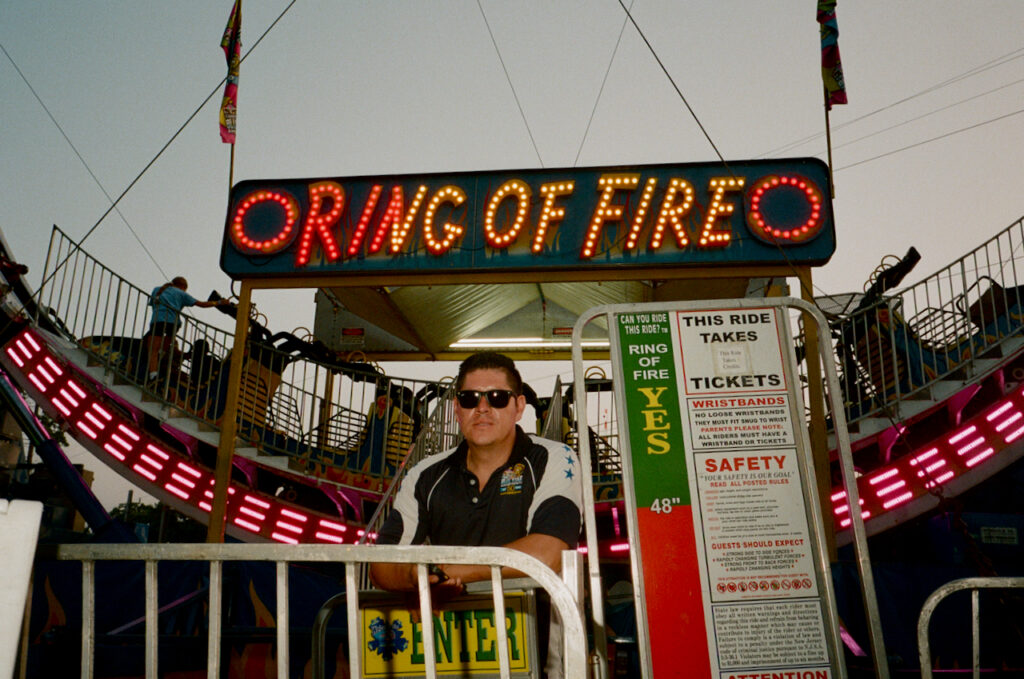
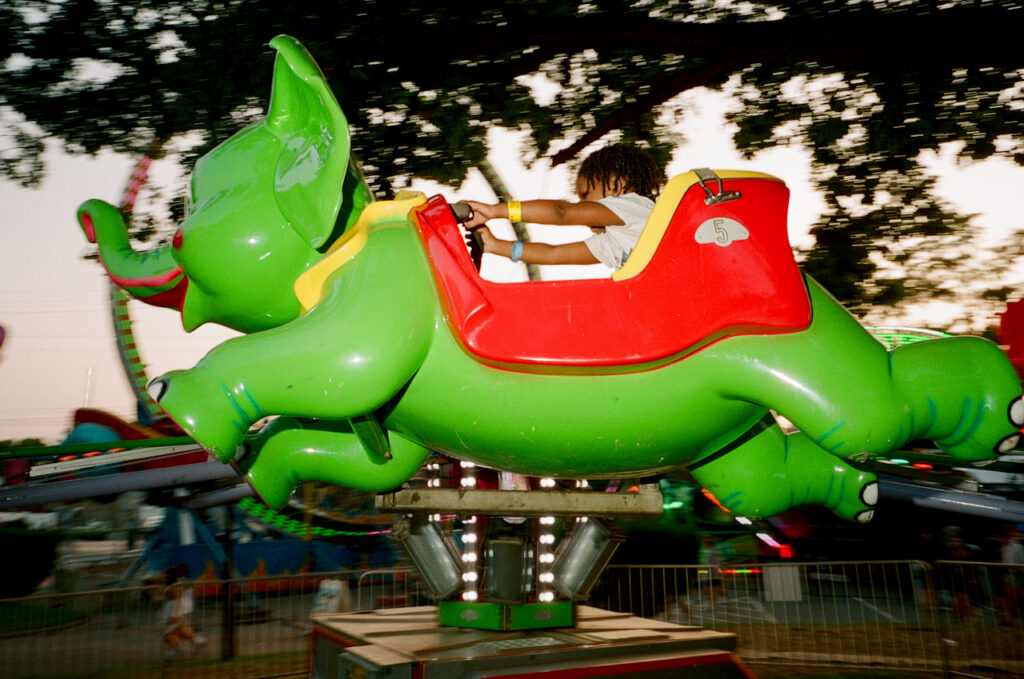
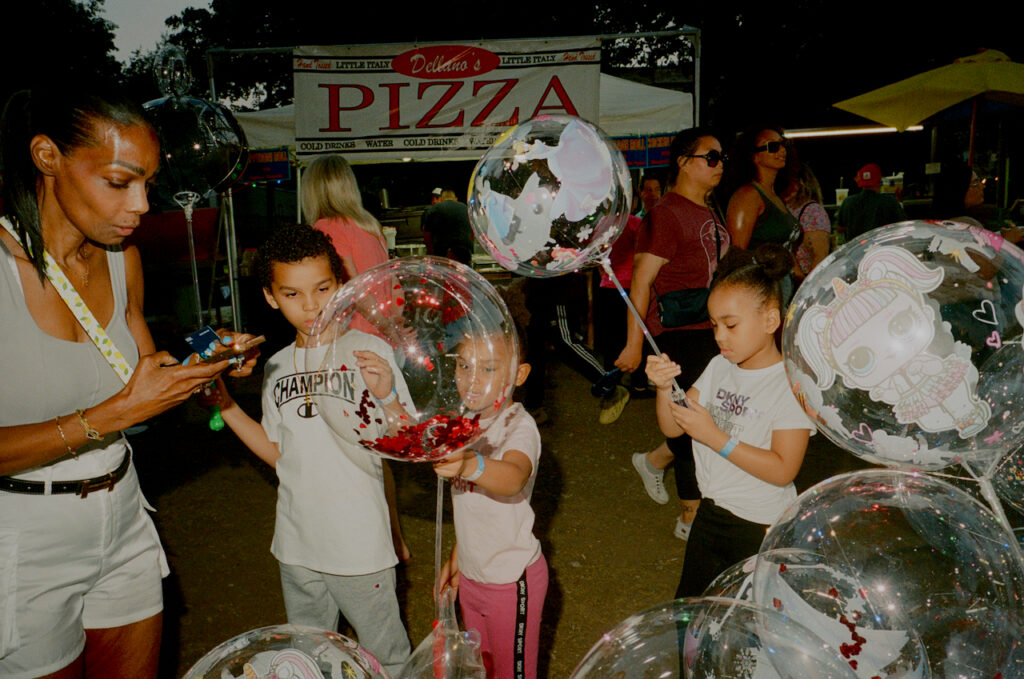
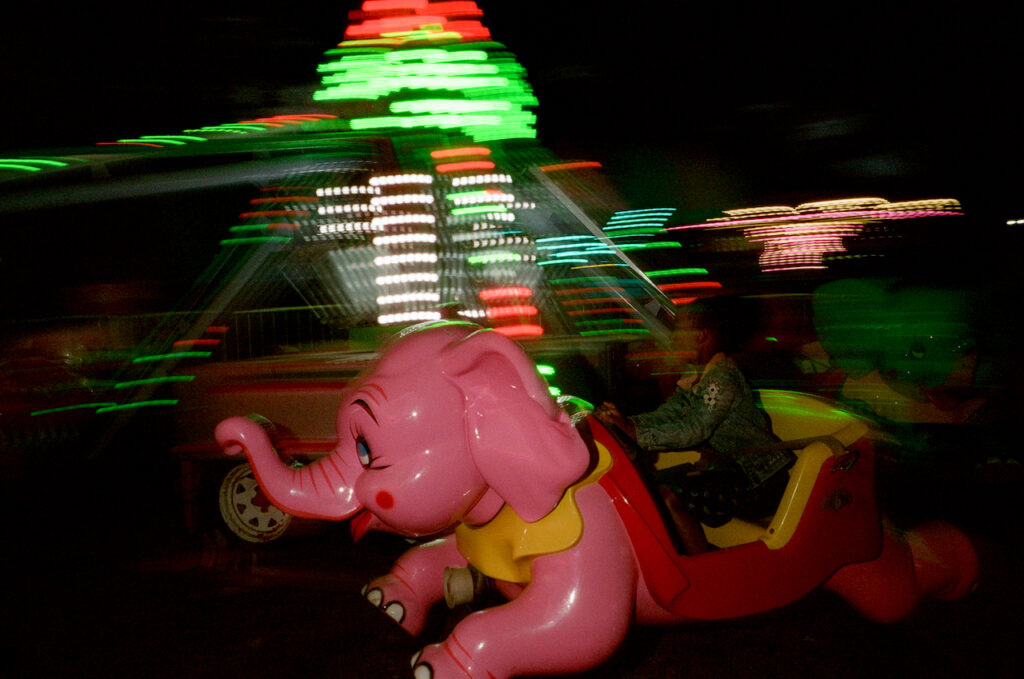
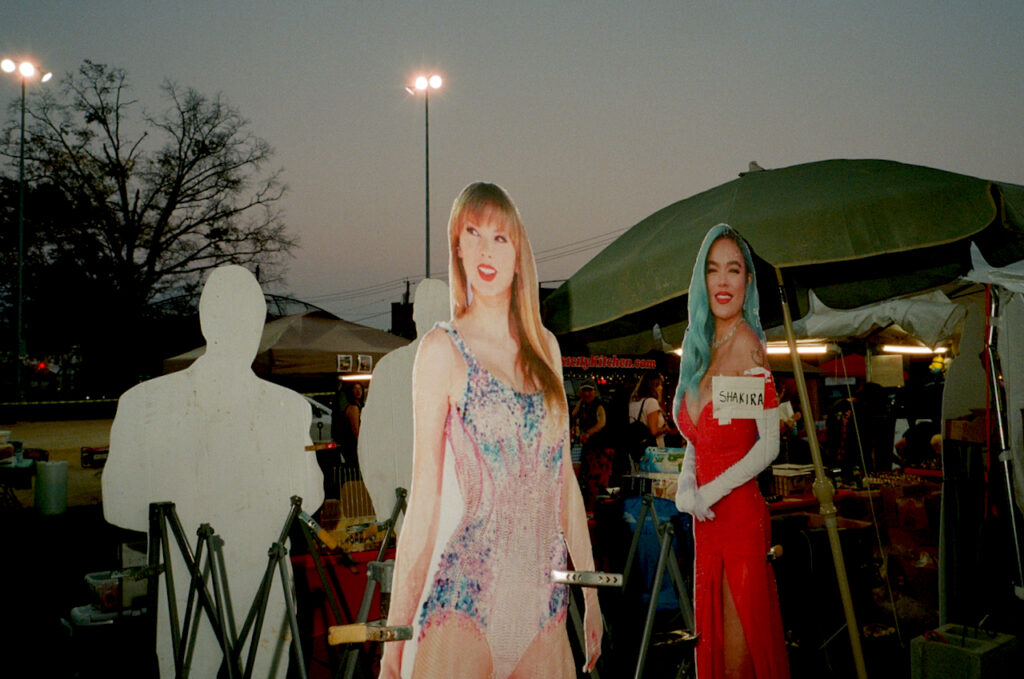
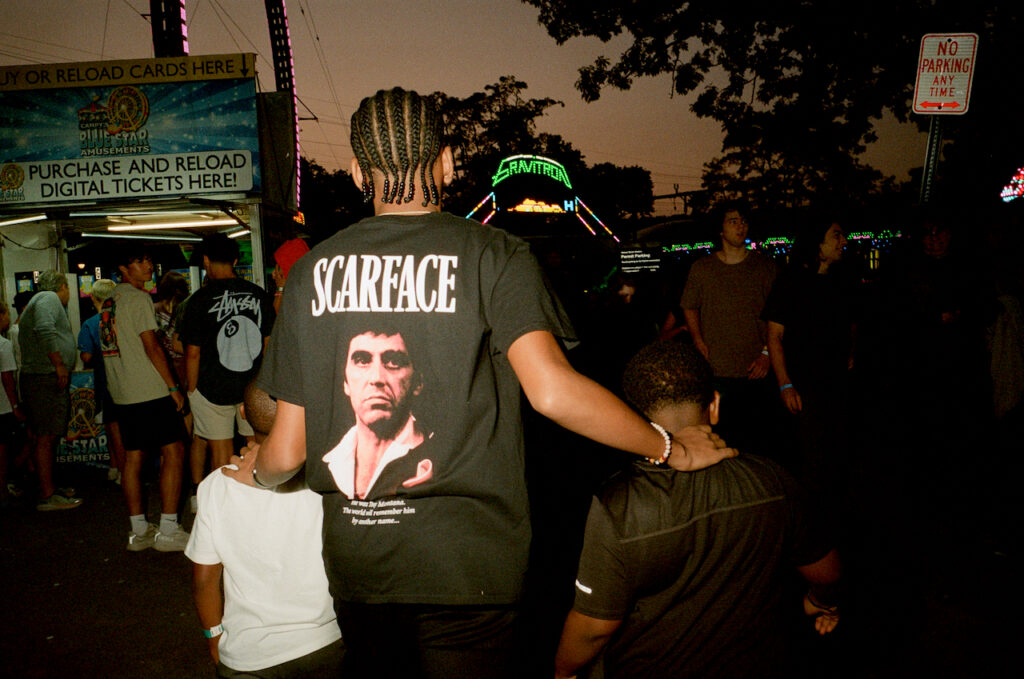
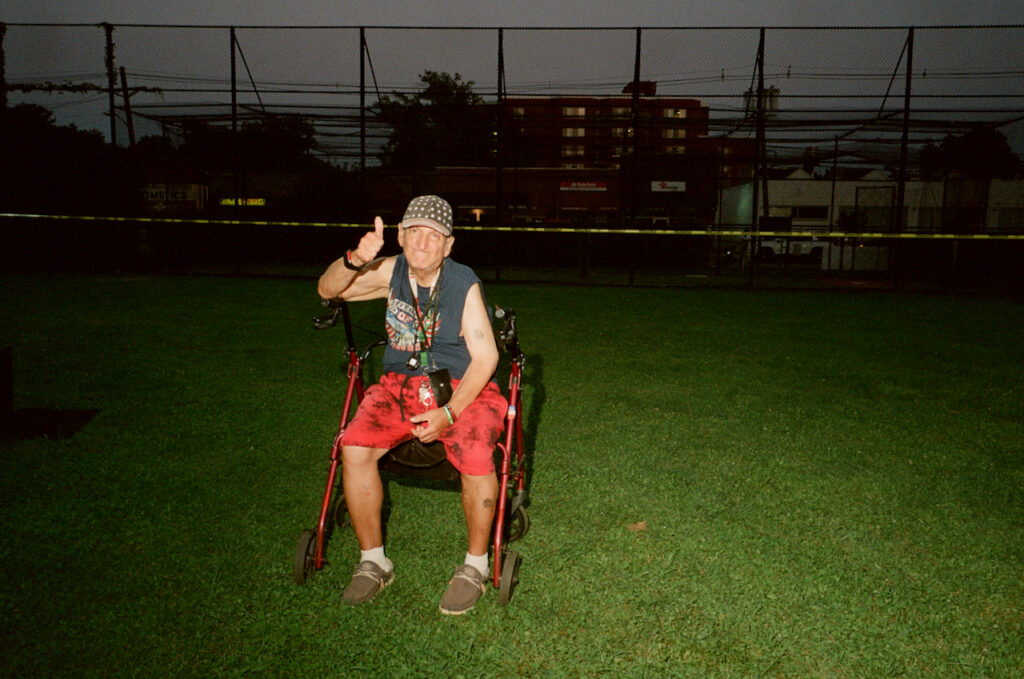
Overall I found this flash fun and easy to use. It definitely gave me an opportunity expand my photographic language and capture the images thru a different prism.
Share this post:
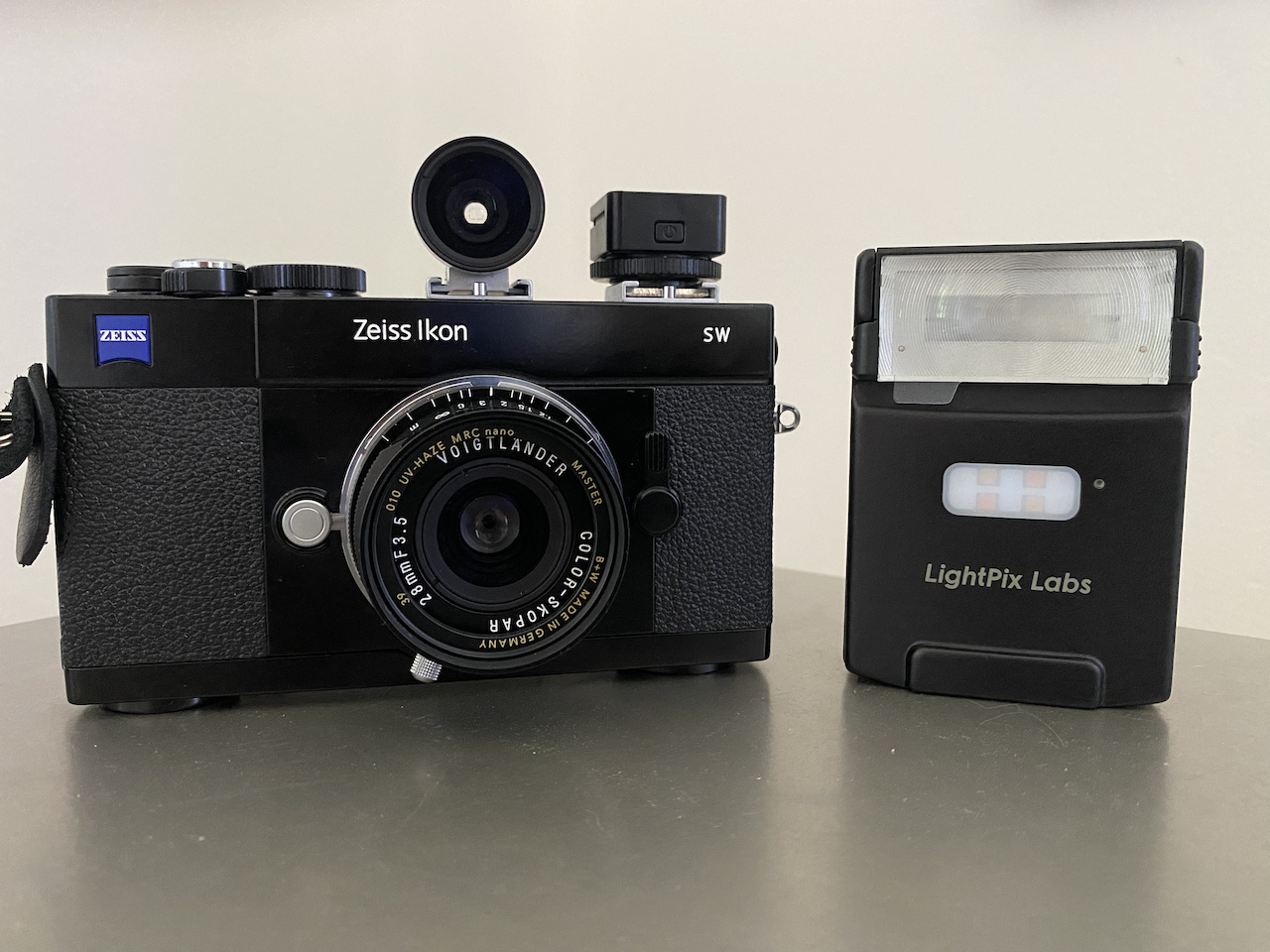
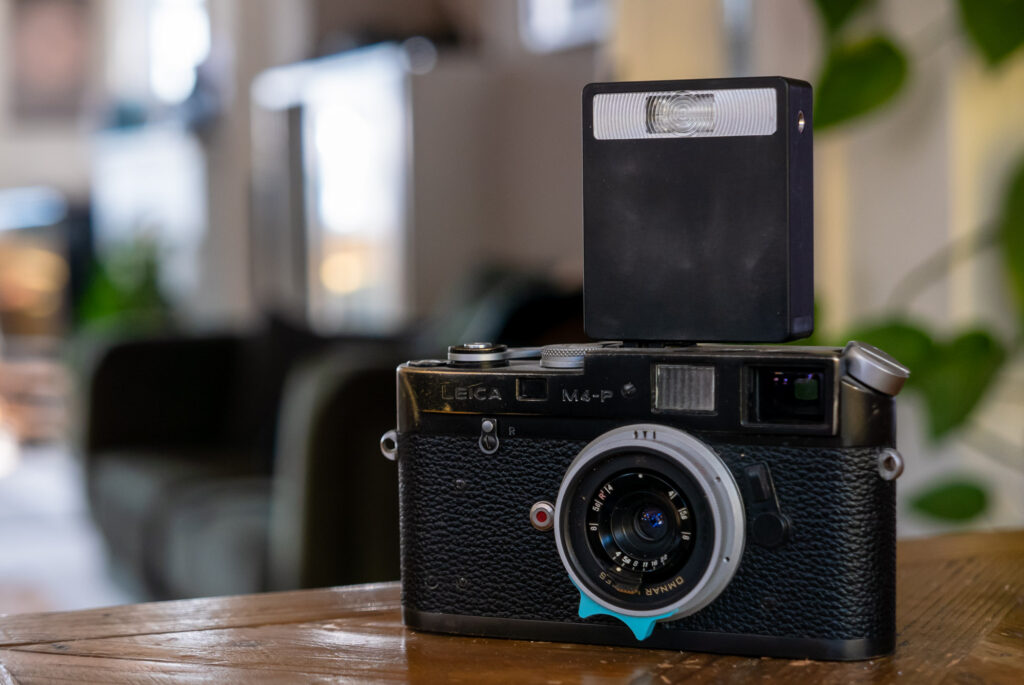
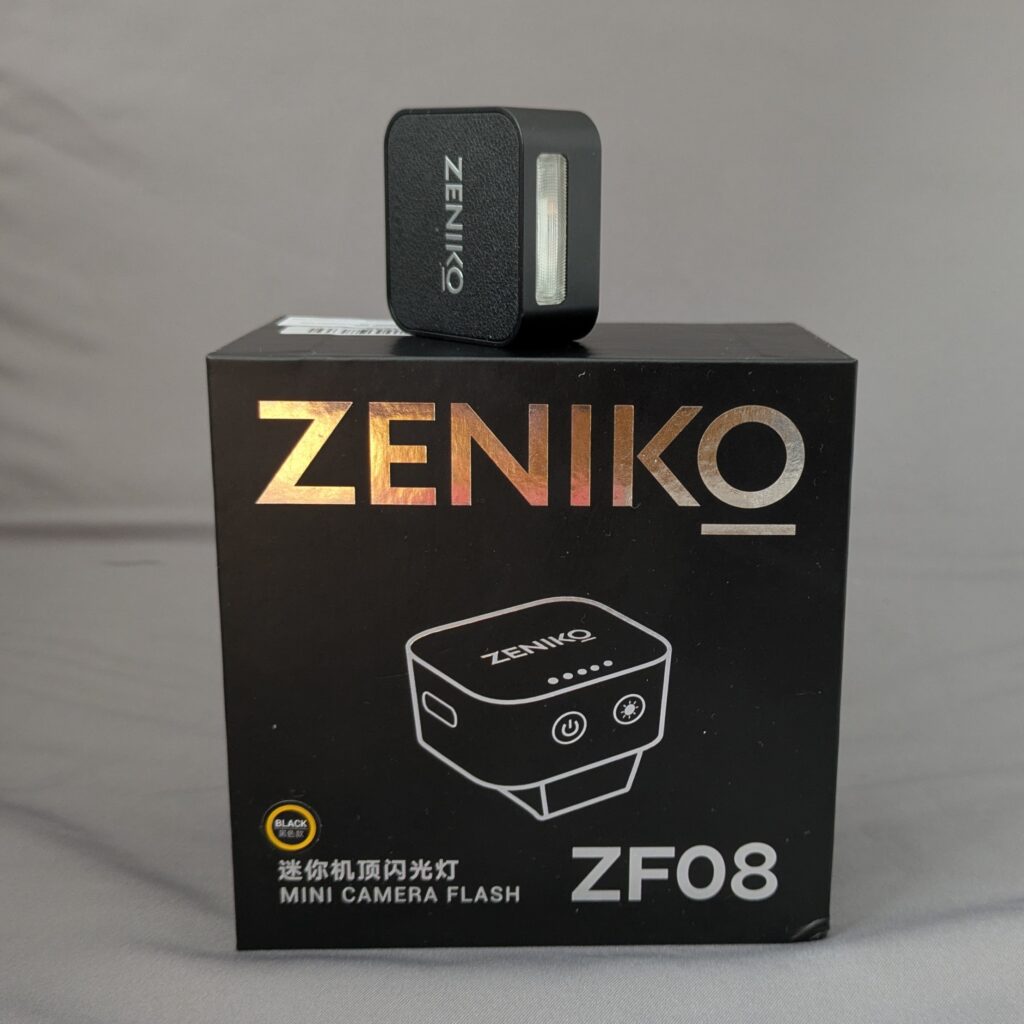
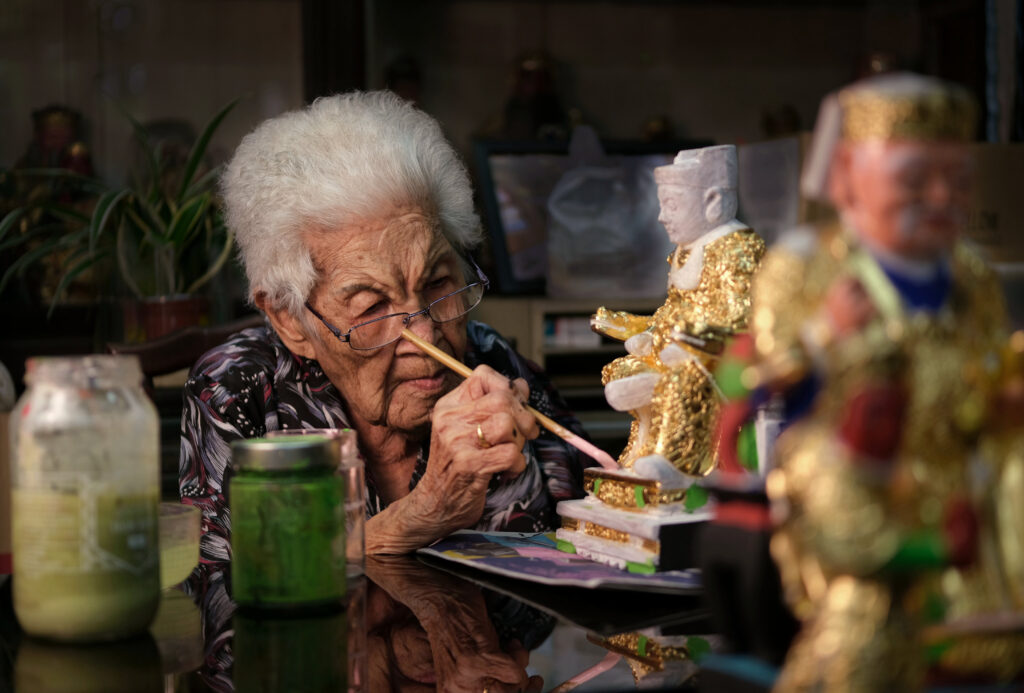
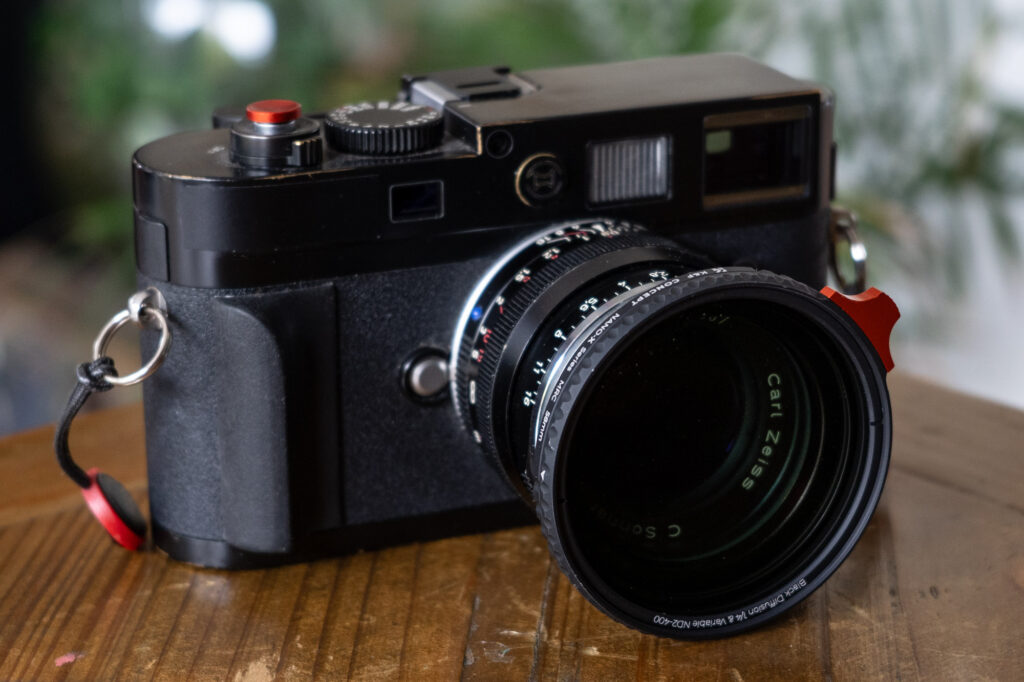




Comments
Alexander Seidler on LightPix Labs FlashQ M20 – Hitting the street with a new flash
Comment posted: 23/10/2024
Comment posted: 23/10/2024
Philip on LightPix Labs FlashQ M20 – Hitting the street with a new flash
Comment posted: 24/10/2024
Comment posted: 24/10/2024
Alan on LightPix Labs FlashQ M20 – Hitting the street with a new flash
Comment posted: 24/10/2024
Comment posted: 24/10/2024
Sasha Tsyrlin on LightPix Labs FlashQ M20 – Hitting the street with a new flash
Comment posted: 25/10/2024